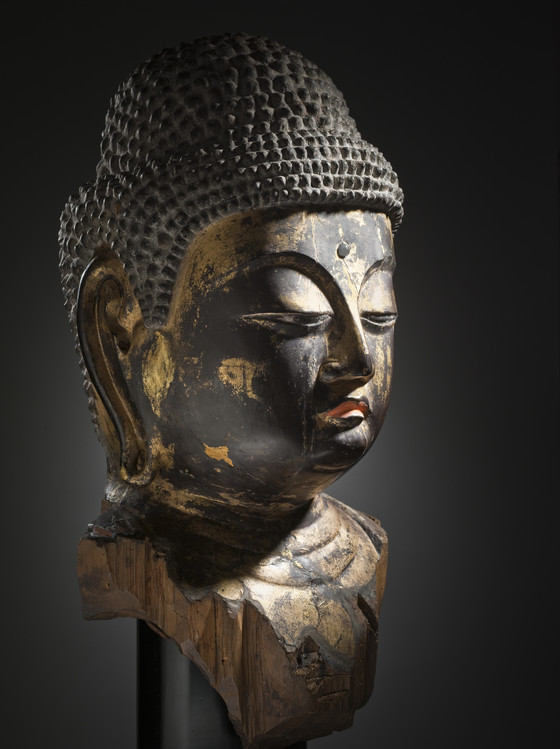Head of a Buddha










Please log in to add this item to your gallery.
View comments
No comments have been posted yet.
Add a comment
Please log in to add comments.
Please log in to add tags.
* Nearly 20,000 images of artworks the museum believes to be in the public domain are available to download on this site.
Other images may be protected by copyright and other intellectual property rights.
By using any of these images you agree to LACMA's Terms of Use.
Head of a Buddha
Alternate Title: Buttō
Japan, first half 11th century (Heian period, 794-1185)
Sculpture
Wood, lacquer, gilt, and crystal
22 x 12 1/2 x 11 in. (55.88 x 31.75 x 27.94 cm)
Gift of the 2011 Collectors Committee (M.2011.22)
Not currently on public view


